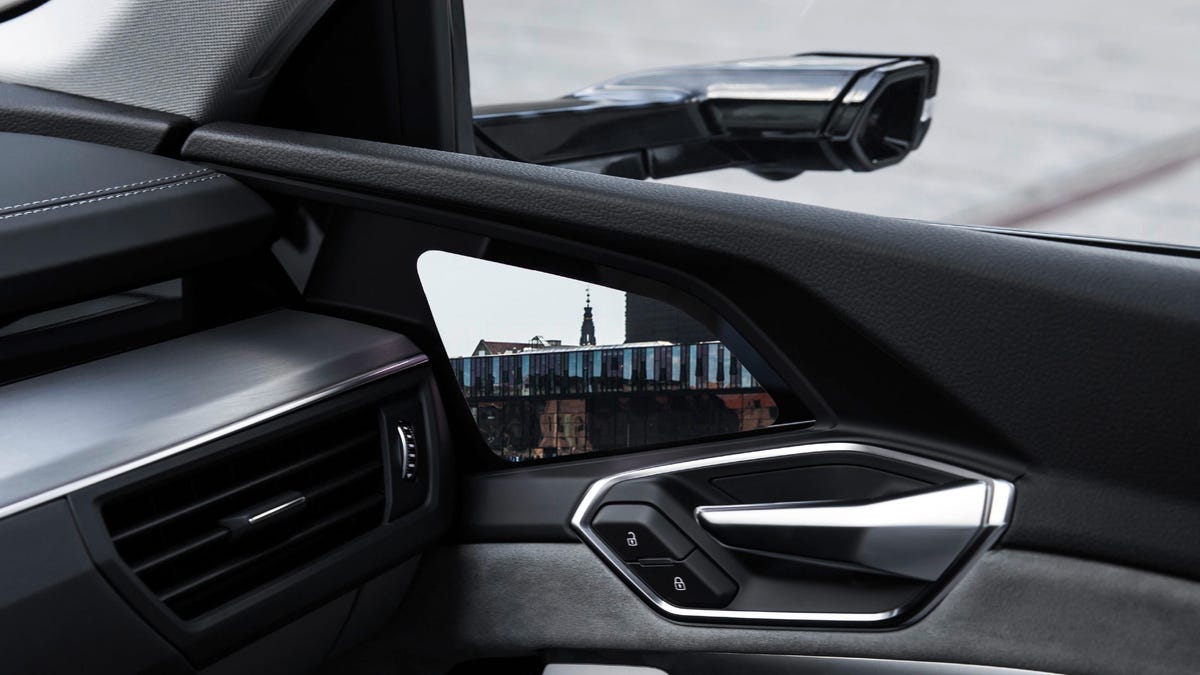Top 5 ways US cars are behind
Smart cars? We’re still working on barely literate ones.

The US gets short shrift on a lot of car tech. Thank our patchwork of tedious regulations, but also US-centric perceptions about safety and innovation. Here are the five missing car technologies I get asked about the most, ranked in order of importance and common sense.
5. eCall
This is an automatic emergency calling system in Europe that has been required on new cars sold in the EU since April, 2018. Anytime a car with eCall is involved in a crash that deploys its airbags, a built-in radio connects to 112 -- Europe's 911 -- and sends an alert to authorities that includes precise vehicle location. We have something similar in cars with OnStar and the like, but it's not universal nor connected directly to emergency responders.
4. Side-view cameras
It's 2018 and we still stick the equivalent of a makeup mirror on the sides of our cars and call that collision avoidance tech. Every concept car envisions replacing them with rear-facing cameras that display on screens inside the car, and soon the Audi E-Tron crossover will actually bring that to showrooms. Just not here.
3. Smart brake lights
Some other countries allow brake lights that flash rapidly during hard braking, a great way to let the driver behind you know its time to look up from Instagram, now. But US regulations still require a single illumination per pedal press. So check that rear view, snug your belt and hang on tight.
2. Autonomy
The most autonomous cars for sale in the US are probably the Cadillac CT6 with Super Cruise or the Tesla with Autopilot, which tackles freeway driving less successfully some times than others. Audi's Traffic Jam Pilot only seeks to automate lower and, presumably, safer speeds around town but still isn't available here due to a morass of regulatory and infrastructure issues.
1. Frickin' lasers
You know US headlights are bad when the Insurance Institute for Highway Safety starts taking points off safety ratings to kick the industry in the butt. But amazing laser-powered headlights from Audi and BMW are kept off our shores due to some of the stodgiest of all US auto regulations: Standard 108. So we have to be satisfied with lights that are basically just blindingly bright and blue, potentially reducing safety among some drivers.

